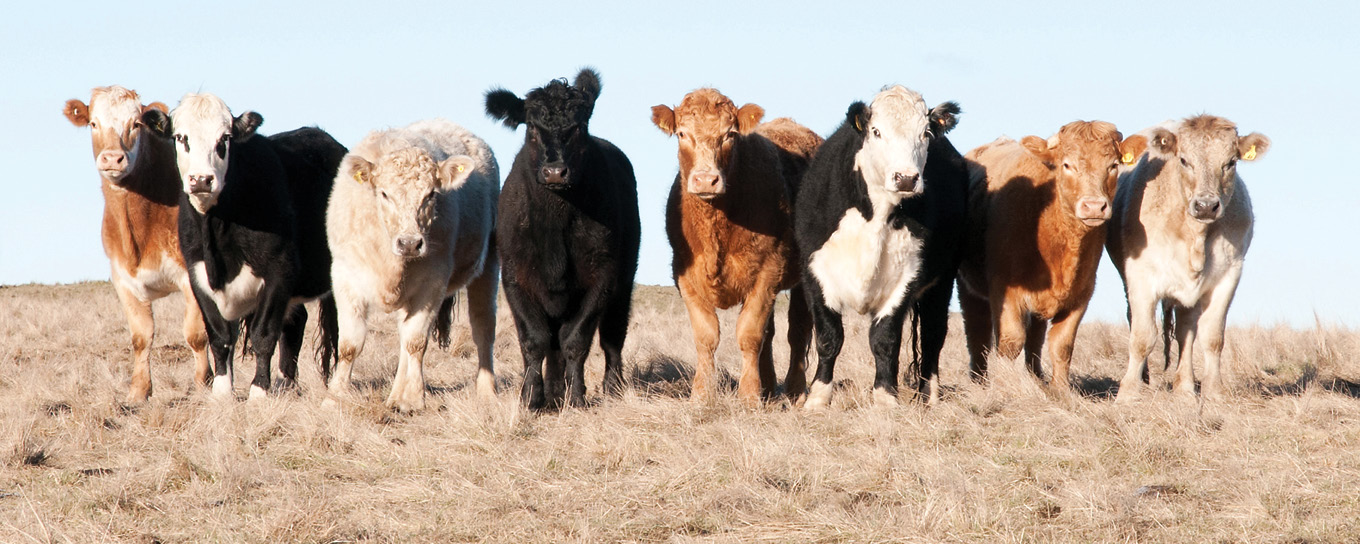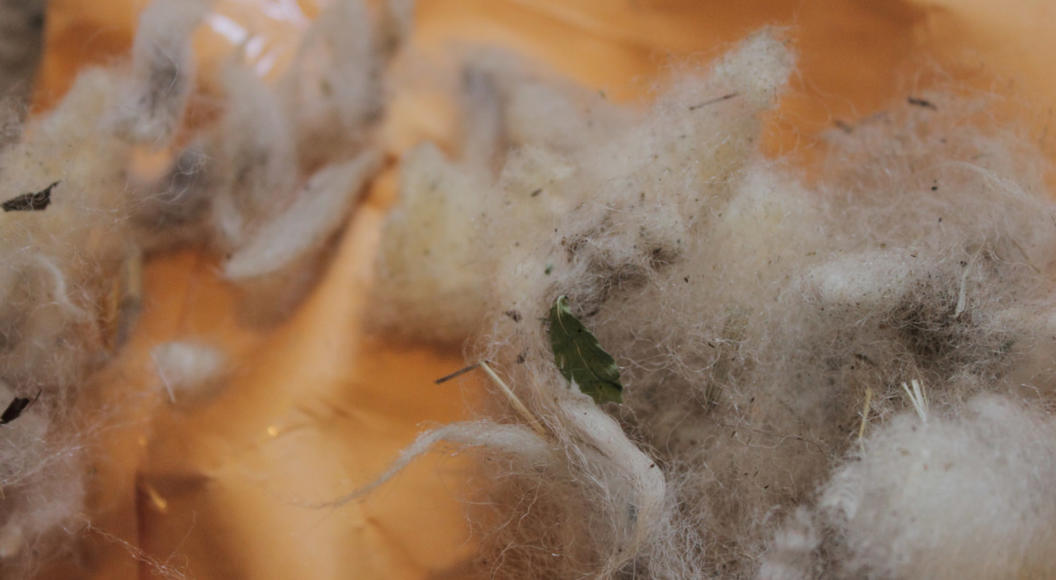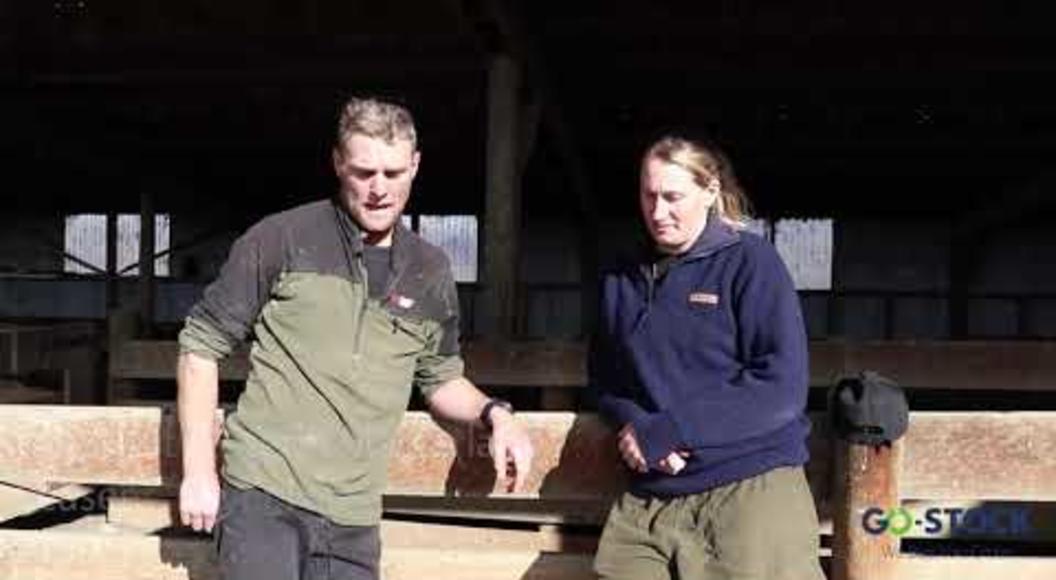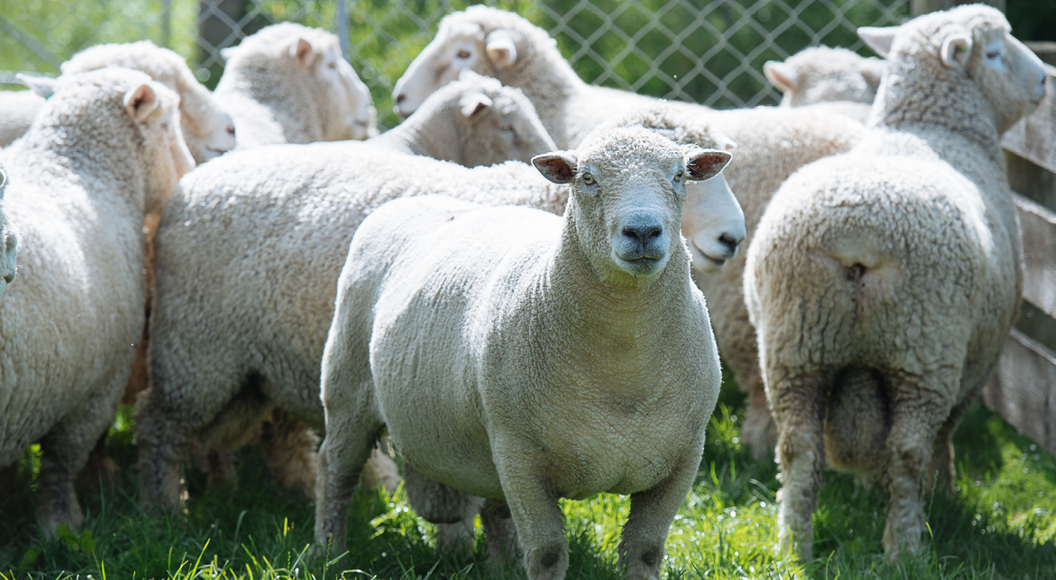
Lice in cattle are better managed early
In autumn, lice populations on cattle increase. This is due to temperature and humidity levels becoming more favourable for lice survival on the animals. Lice populations rise to reach their peak in winter and early spring.
In New Zealand, there are two types of lice, a sucking species which pierces the skin and feed on tissue fluids, and a biting lice which feeds on the surface debris of skin. Both cause irritation to the animal resulting in rubbing or licking, hair loss, and damage to the hide.
Damage to fencing or troughs is often a result of excessive rubbing by cattle. The most visible areas of hair loss are generally on the neck, shoulders and along the flanks. As temperatures cool down and coat thickness increases, the environment for lice is more favourable for population increases. With increased numbers, the frequency and intensity of rubbing behaviour by cattle escalates.
Lice can’t fly and need close animal to animal contact to spread in a herd. They don’t survive long off the animal. This is important in the management of lice as all animals need treating, especially if mixing of mobs is occurring.
When treating animals for lice, it is best to start in late summer or early autumn when lice numbers are lower and coat thickness is less, allowing greater amounts of chemical exposure to the lice population.
There are three chemical groups that are currently registered for use in cattle in New Zealand. Pour On organophosphates (for example Destruct) or synthetic pyrethroids (for example Blaze or Delmax) target lice and nuisance flies. On the other hand, Mectin based products target both internal worms and lice, for example Cydectin, Dualmax.
It is important to note that when any of these products are applied in winter, on animals with full coats or covered in mud or faeces, only suppression of lice numbers will be achieved at best. Lice numbers rebuild again over six to eight weeks, often requiring another treatment. This is due to some lice escaping a lethal dose of drugs in thick coats, and none of the drugs having an effective persistent effect on lice or killing eggs.
The take-home message for lice management is to treat animals early when lice numbers are low, so population control is managed better. For further information call into your local PGG Wrightson store or talk to your local Technical Field Representative.


